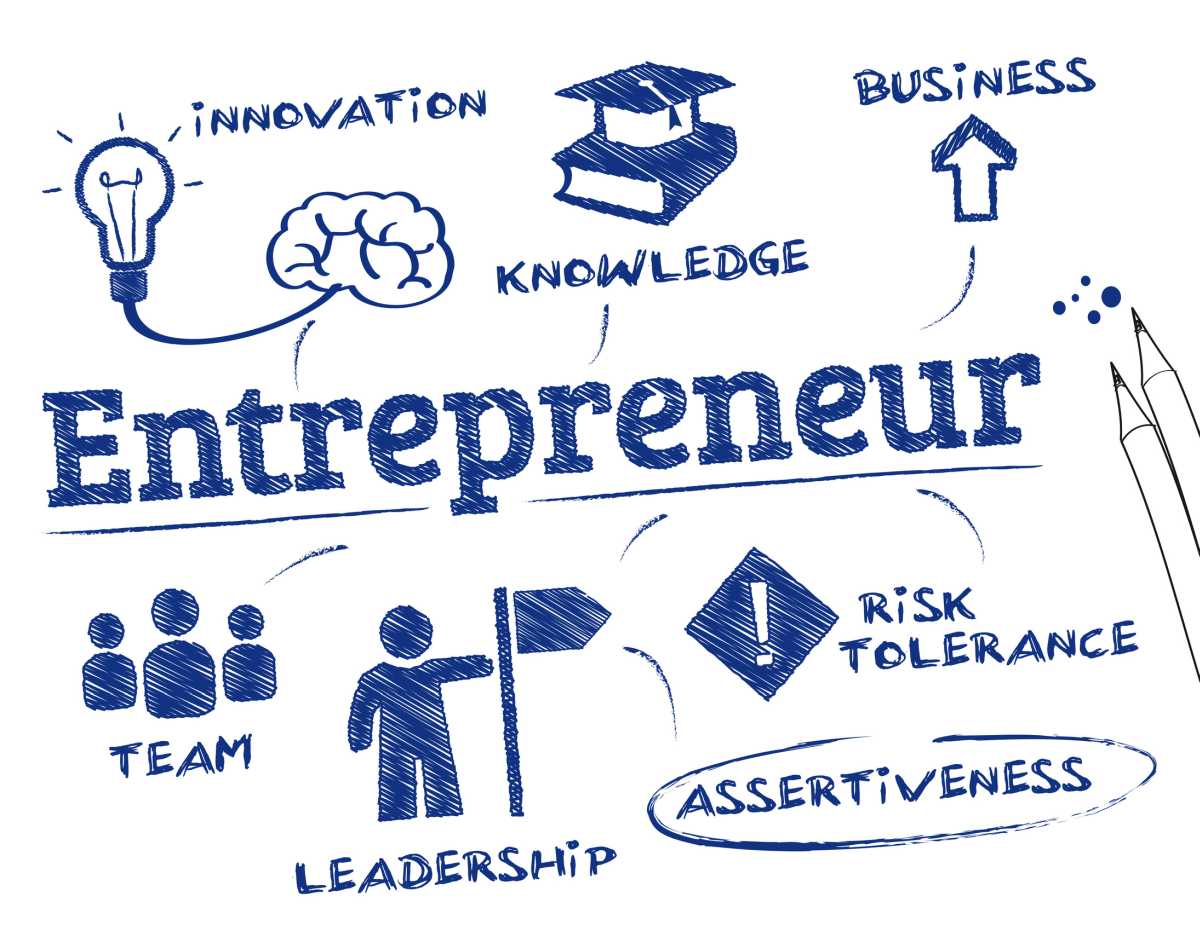Entrepreneurship Success – Change Management (II)
Last week we introduced a brief argument for the case for change management, what change management is and its benefits. Today, we will take up types of change, causes of change, and change models. Types of change: There are three types of change that are likely to occur in an organisation. These are developmental change, […]

Last week we introduced a brief argument for the case for change management, what change management is and its benefits. Today, we will take up types of change, causes of change, and change models.
Types of change: There are three types of change that are likely to occur in an organisation. These are developmental change, transitional change, and transformational change.
A developmental change refers to improvements on previously established systems and processes. For instance, you may already have a supply chain system, but which may be suboptimal. You can alter th system to reduce costs and help deliver more value. Developmental changes are often subtle, do not cause major disruptions and do not take much time to implement. A transitional change is one in which an organisation is in the process of moving away from a current state to a new, desired one. Think of when one bank acquires another with the acquired bank losing its identity and perhaps its internal systems and process. Time is taken to transit the two formerly separate banks into one whole, integrated bank. This has happened several times in Nigeria like when Access Bank merged with former Diamond Bank with the former acquiring the entire issued share capital of the latter. The actual moves from the old states to a new state is transitional, even though the outcome is transformational for Access Bank as it was said to emerge with more than 13 million mobile customers, 3,100 ATMs, 15.9 million cards, and about 32,000 PoS terminals, making it the retail bank leader in West Africa. I like to see ‘transitional change’ more as the continuum between a previous state and a final, desired one. Finally, transformational change involves an organisation radically changing certain fundamentals about is operations and perhaps culture as well. Think of a company introducing entirely new products and/or venturing into entirely different markets. For instance, when ‘merchant’ banks of the past in Nigeria began to go ‘universal’ making them perform both merchant and ‘commercial’ banking activities, the change increased their number of customers, number of staff; widened their internal scope of activities, as well as changed their systems and procedures. The changes were transformational.
According to Harvard Business Review, organisational change could also simply be classified as either adaptive or transformational. Adaptive changes are the small and iterative changes that enable an organisation to evolve its products, process and even strategies over a period. I think we can reconcile this with the developmental change mentioned above. On the other hand, transformational change refers to changes that are large scale, deep and profound. The results are ‘dramatic’ and a wide departure from a previous status quo. This easily reconciles with the transformational change mentioned above as well.
Some consultants also include what they call ‘Individual Change’ as a type of change within the context of the organisation. Individual change is about helping individual(s) manage change through helping them grow into certain roles or to achieve some objectives and goals. This is usually done through training or mentoring to help them acquire some specific skills over a period.
It is important to understand the different types of possible changes that an organisation may go through because the causes, requirements and processes of effecting and managing different changes do differ. For instance, we can expect that the physical, systems, human and other resources required as a result of converting into a universal bank was vastly different from if a former merchant bank simply changed its banking software for another.
What causes change? Last week we mentioned that changes could be initiated voluntary by an organisation and sometimes forced on the organisation. Some general triggers of change could be, as we also mentioned last week, business opportunities that can open or be opened up and challenges that will be thrown up from changes in demographics, economic trends, technologies, new products (goods and services), new competitors, changes in laws and regulations, etc.
Whatever it is that may trigger the need for change, the entrepreneur and their team should be alert to them and be able to either initiate pre-emptive and opportunistic actions or responses to benefit from them.
Change models: It is always appropriate to learn what academics, business consultants and other entrepreneurs have developed on contemporary business issues. But quite honestly, I like to encourage entrepreneurs to go beyond learning from those three groups and adapt or even invent what will work better for them. Having said that, some of the change models you can learn from include:
* ADKAR model, created by Jeff Hiatt, has five sequential steps: Awareness of the need for change, Desire to participate in and support the change, Knowledge on how to change, Ability to implement desired skills and behaviours, and Reinforcement to sustain the change.
* Kotter’s 8-Step Process, developed by renowned Harvard University academic, Professor John Kotter, has eight steps viz; Create a sense of urgency, Build a guiding coalition, Form a strategic vision and initiatives, Enlist a volunteer army, Enable action by removing barriers, Generate short-term wins, Sustain acceleration, Institute change.
* McKinsey 7-S, developed by Robert Waterman Jr. and Tom Peters, suggests a holistic perspective of seven factors in developing a change model. These factors are Shared values, Strategy, Structure, Systems, Style, Staff, and Skills.
Today, we have covered types and causes of change and change models. Next week, we will conclude the series by discussing challenges to managing change and the process of managing change.
